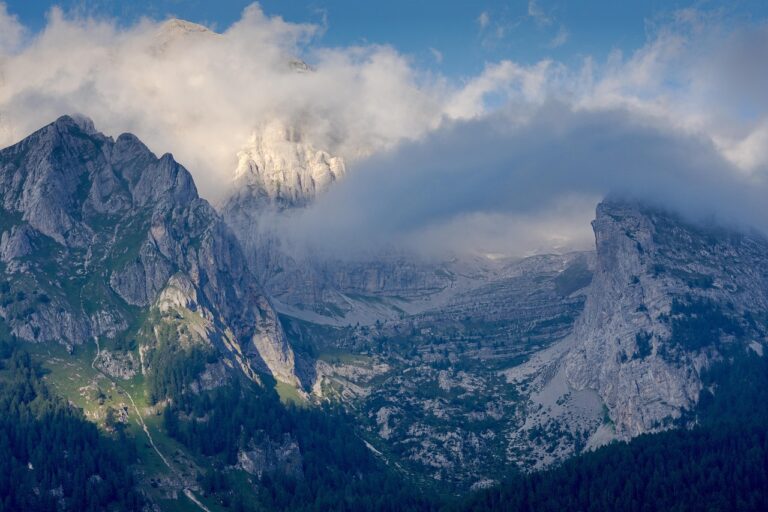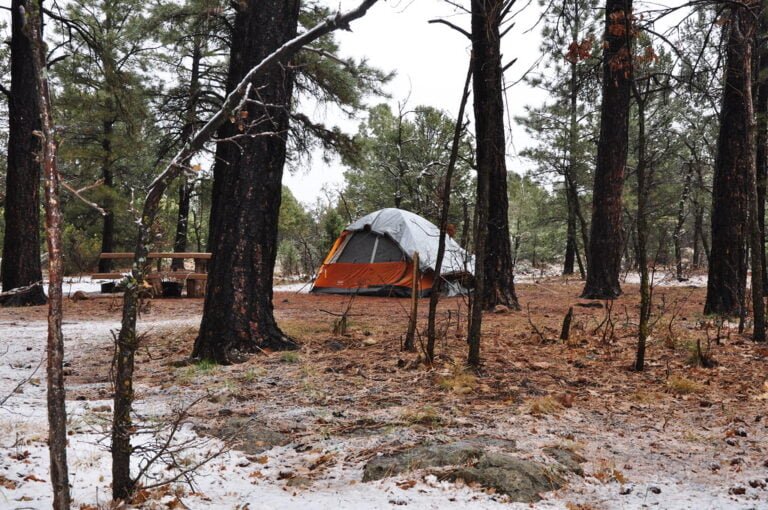Is There Water on the Lost Coast Trail?
Along the 24-mile Lost Coast Trail, six reliable water sources, including creeks, rivers, and springs, provide crucial replenishment for backpackers, although availability varies substantially depending on the time of year and weather conditions. Wet winter months replenish streams and creeks, making water more abundant and accessible, while dry summer seasons cause water sources to dwindle or disappear. To guarantee a steady supply, it's essential to research water sources in advance and plan accordingly. By understanding the complexities of the Lost Coast Trail's water landscape, you'll be well-equipped to tackle the journey ahead, and discover the secrets that lie just beyond the next bend.
Water Sources Along the Trail
Along the 24-mile Lost Coast Trail, hikers can expect to find a total of six reliable water sources, including creeks, rivers, and springs, although their availability can vary greatly depending on the time of year and weather conditions. These natural water sources provide a lifeline for backpackers, allowing them to refill their canteens and stay hydrated throughout their journey. The trail's rugged terrain and unpredictable weather patterns make it essential to plan ahead and know the location of these water sources. From the tranquil waters of Walnut Creek to the rushing flow of the Mattole River, each source offers a unique opportunity to replenish and revive.
Seasonal Variations in Water Availability
Seasonality plays a pivotal role in shaping the Lost Coast Trail's water landscape, as the availability of these precious resources ebbs and flows in tandem with the region's capricious climate. During the wet winter months, rainfall replenishes streams and creeks, making water more abundant and accessible. However, as the dry summer season sets in, many water sources dwindle or disappear altogether. Hikers must adapt to these changes, planning their itinerary accordingly and being prepared to carry sufficient water supplies during the drier periods. Understanding these seasonal variations is essential for a successful and safe journey along the Lost Coast Trail. By doing so, adventurers can better navigate the trail's water landscape and make the most of this breathtaking wilderness experience.
Reliable Water Stops and Campsites
As we venture into the domain of reliable water stops and campsites, to identify trustworthy sources of hydration and shelter along the Lost Coast Trail is crucial. To aid in this endeavor, water availability charts provide a valuable resource for backpackers, outlining the most reliable spots to refill and replenish. By combining these charts with knowledge of reliable campsite options, hikers can better plan their itinerary and make certain a safe and enjoyable journey.
Water Availability Charts
Careful planning is essential to guarantee a steady supply of water throughout your journey, and our Water Availability Charts provide a reliable guide to the best water stops and campsites along the Lost Coast Trail, helping to secure a steady supply at each stage. Our charts identify reliable water sources, including streams, rivers, and natural springs, as well as campsites with access to water. By consulting these charts, you can plan your itinerary with confidence, knowing exactly where to find water and when to stock up. With this valuable resource, you can focus on enjoying the stunning scenery and rugged beauty of the Lost Coast Trail, rather than worrying about dehydration.
Reliable Campsite Options
Selecting reliable campsites with access to water is essential to a successful and enjoyable Lost Coast Trail experience, and our expert-recommended campsites offer the perfect blend of scenic beauty and practical convenience. These campsites provide a safe and comfortable place to rest, recharge, and refuel for the next day's adventure.
- Mattole Campground: Located near the trailhead, this campground offers potable water and stunning ocean views.
- Punta Gorda Lighthouse: This scenic campsite features a historic lighthouse and access to a natural spring.
- Miller Flat: A secluded campsite with a nearby stream and breathtaking views of the surrounding mountains.
- King Peak Campground: A developed campground with potable water and amenities, perfect for a restful night's sleep.
Bringing Your Own Water Supply
When tackling the Lost Coast Trail, bringing your own water supply can be a reliable and convenient option, especially during dry seasons or when camping in remote areas. However, this approach requires careful planning and consideration of water storage and purification methods to guarantee a safe and sufficient supply. In this section, we'll delve into the various options and techniques available to hikers and backpackers, empowering them to stay hydrated and healthy throughout their adventure.
Water Storage Options
How do you plan to carry enough water to sustain you throughout your Lost Coast Trail adventure, given the limited access to reliable water sources along the way? This is a vital question to ponder when preparing for your trip. When bringing your own water supply, you'll need to think carefully about storage options.
- Collapsible water bottles or bladders that can be easily stowed away in your backpack
- Rigid water bottles or containers that can withstand the rugged terrain
- Hydration packs with built-in water storage and drinking tubes
- Water storage bags or pouches that can be attached to your backpack or belt
Purification Methods Available
Among the numerous purification methods available, hikers on the Lost Coast Trail can consider bringing water treatment tablets, UV light purifiers, or portable water filters to guarantee access to safe drinking water throughout their journey and to safeguard their hydration. Water treatment tablets, such as chlorine or iodine-based options, are lightweight and easy to use. UV light purifiers, like SteriPen, utilize ultraviolet light to eliminate bacteria and viruses. Portable water filters, like LifeStraw, offer a convenient and effective way to remove impurities from water. These methods provide peace of mind, ensuring that hikers can stay hydrated without worrying about waterborne illnesses. By bringing a purification method, hikers can confidently refill their water bottles at streams and creeks along the trail, making the most of their Lost Coast Trail adventure.
Water Purification and Treatment Options
Hikers can rely on a variety of water purification and treatment options to guarantee access to safe drinking water on the Lost Coast Trail. When venturing into the wilderness, it's crucial to ensure the water is free from contaminants and pathogens.
- Water Filters: Portable filters, such as LifeStraw or Sawyer Mini, can remove bacteria, viruses, and parasites from water.
- Water Purification Tablets: Chlorine or iodine-based tablets, like AquaSafe or Potable Aqua, can effectively kill microorganisms.
- UV Light Purifiers: Devices like SteriPen or MSR TrailShot use UV light to destroy bacteria and viruses.
- Boiling: Bringing water to a rolling boil for 1-3 minutes is a simple, yet effective method to kill all microorganisms.
Rationing Water for Emergency Situations
In the event of an unexpected delay or injury on the Lost Coast Trail, rationing water effectively is vital to maximize survival chances during emergency situations. When faced with a water shortage, it's essential to prioritize hydration for the most critical needs, such as treating injuries or staying alert. Aim to conserve at least one liter of water per person per day for drinking, and consider allocating additional water for wound cleaning or other essential tasks. To ration water efficiently, use water-purification tablets or filters to make the most of available water sources. By adopting a disciplined approach to water rationing, you can extend your water supply and increase your chances of survival until help arrives.
Planning Ahead for Water Needs
Proactively evaluating water needs before setting out on the Lost Coast Trail is key to avoiding the risks associated with water scarcity, and allows hikers to focus on enjoying the stunning scenery and challenging terrain. By planning ahead, hikers can guarantee they have sufficient water supplies to stay hydrated and healthy throughout their journey.
- Calculate daily water needs based on individual factors such as weight, activity level, and climate.
- Research water sources along the trail, including streams, rivers, and campsites with potable water.
- Consider bringing a water filter or purification tablets as a backup plan.
- Pack enough water for the first day, and plan to resupply at designated water sources or campsites, thus confirming a steady supply.


